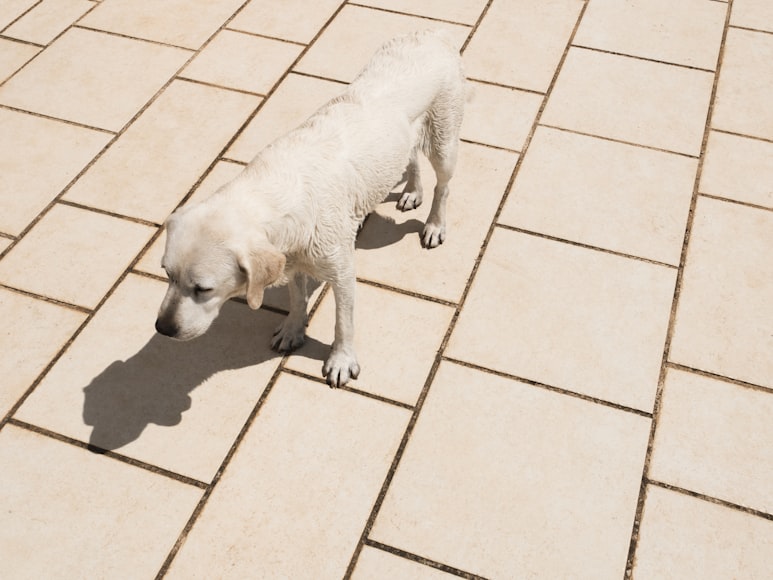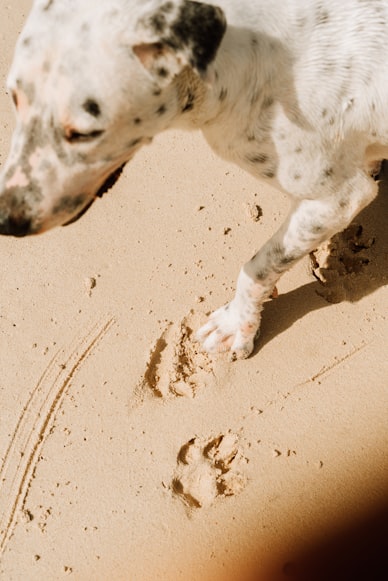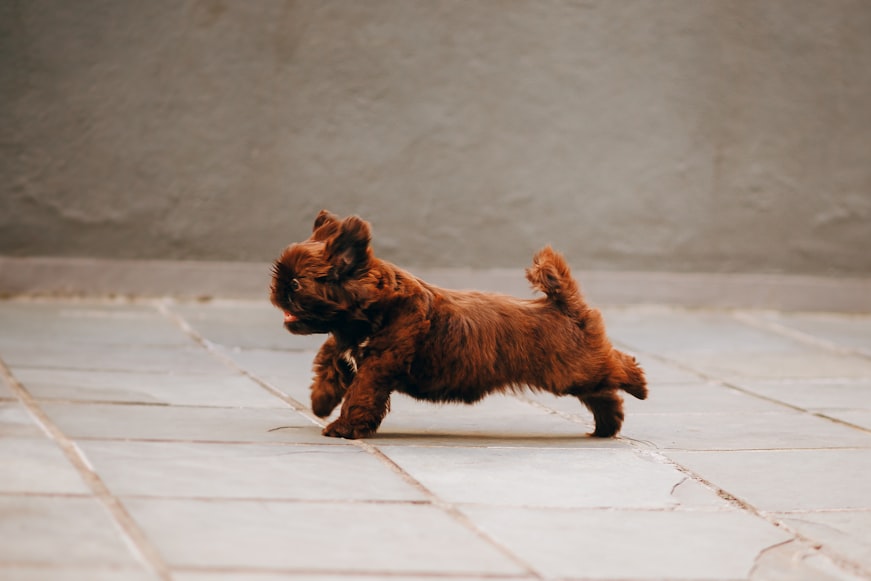Exercise:
Regular physical activity plays a crucial role in maintaining a healthy digestive system. Exercise encourages physical movement, which stimulates the digestive tract and promotes efficient elimination of waste products. By incorporating exercise into your daily routine, you can alleviate digestive issues, improve overall gut health, and enhance your well-being.
How Exercise Benefits the Digestive System
-
Stimulates Muscle Contractions: Exercise involves muscle contractions throughout the body, including the digestive tract. These contractions help move food, fluids, and waste along the digestive system, enabling efficient digestion and elimination.
-
Enhances Blood Flow: Exercise increases blood flow to the digestive organs, including the stomach, intestines, and liver. This increased blood flow provides essential nutrients and oxygen to digestive tissues, supporting their proper function and repair.
-
Regulates Transit Time: Exercise helps regulate the transit time of food through the digestive system. Vigorous exercise can speed up transit time, reducing the risk of constipation. Conversely, moderate-intensity exercise can slow down transit time, allowing for better nutrient absorption.
-
Promotes Gut Microbiome Diversity: Exercise has been linked to increased diversity of the gut microbiome, a community of beneficial bacteria residing in the digestive tract. A diverse microbiome supports digestive health, reduces inflammation, and improves immune function.
-
Relieves Digestive Symptoms: Exercise can alleviate common digestive symptoms such as gas, bloating, and abdominal pain. By stimulating digestive movements, exercise helps expel trapped gas and waste products, reducing discomfort.
Incorporating Exercise for Digestive Health
To reap the benefits of exercise on your digestive system, aim for at least 30 minutes of moderate-intensity exercise most days of the week. Moderate-intensity exercise includes activities that elevate your heart rate and cause you to break a sweat but allow you to carry on a conversation.
-
Choose Activities You Enjoy: Find activities that you find enjoyable to make exercise a sustainable part of your lifestyle. Consider walking, jogging, swimming, biking, or dancing.
-
Start Gradually: Begin with short sessions and gradually increase the duration and intensity of your workouts as you get stronger.
-
Listen to Your Body: Rest when you need to and avoid overexerting yourself. If you experience any pain or discomfort, stop exercising and consult with a healthcare professional.
Additional Tips for Digestive Health
In addition to exercise, consider these tips for optimal digestive health:
-
Hydrate Well: Drink plenty of water throughout the day to keep your digestive system hydrated and moving smoothly.
-
Consume a Fiber-Rich Diet: Fiber promotes regular bowel movements and supports a healthy gut microbiome. Include fruits, vegetables, and whole grains in your diet.
-
Manage Stress: Stress can disrupt digestive function. Engage in stress-reducing activities such as yoga, meditation, or spending time in nature.
-
Get Enough Sleep: Sleep deprivation can negatively impact gut health. Aim for 7-8 hours of quality sleep per night.
Conclusion
Exercise is an essential component of a healthy digestive system. By stimulating digestive movements, enhancing blood flow, regulating transit time, promoting gut microbiome diversity, and relieving digestive symptoms, exercise plays a crucial role in maintaining optimal digestion and overall well-being. Incorporate regular physical activity into your lifestyle and experience the transformative benefits for your digestive health. However, always remember to listen to your body and consult with a healthcare professional for personalized advice and guidance.
Massage:
Cats, our beloved companions, often exhibit subtle signs of discomfort or digestive distress. One way to alleviate these ailments and promote their overall well-being is through the gentle art of massage.
Massage has numerous benefits for cats, including:
- Improved digestion: Massaging the abdomen in a clockwise motion helps stimulate peristalsis, the rhythmic contractions of the digestive tract, thus aiding in digestion.
- Reduced stress and anxiety: Massage can calm and soothe anxious cats, reducing their stress levels and promoting relaxation.
- Increased circulation: Gentle massage promotes blood flow and circulation, which can improve overall health and well-being.
- Relief from pain and stiffness: Massage can help relax muscles and ease joint pain or stiffness, especially in older cats.
- Bonding and affection: Massage provides an opportunity to connect with your cat and show them affection, strengthening the bond between you.
How to Massage Your Cat
To effectively massage your cat, follow these simple steps:
-
Prepare your cat: Choose a comfortable and quiet location where your cat feels relaxed. Place them on a soft blanket or towel.
-
Start with the head: Gently massage your cat’s head using circular motions. Avoid applying too much pressure on the sensitive ears.
-
Move to the body: Gradually extend the massage to the cat’s body, using long, flowing strokes. Pay attention to areas where your cat may be experiencing tension or discomfort.
-
Massage the abdomen: Gently massage the cat’s abdomen in a clockwise motion for 5-10 minutes. This helps stimulate digestion.
-
Finish with the tail: End the massage by gently massaging the cat’s tail from the base to the tip.
Tips for Success
- Use light to moderate pressure, ensuring the massage is comfortable for your cat.
- Be attentive to your cat’s body language. If they seem to be uncomfortable or in pain, stop the massage immediately.
- Make the massage a regular part of your cat’s routine. Short daily sessions can help prevent digestive issues and promote overall well-being.
- If your cat has any underlying health conditions, consult with your veterinarian before performing a massage.
Conclusion
Massage is a gentle and effective way to enhance the health and well-being of your feline companion. By incorporating regular abdominal massages into your cat’s care routine, you can support their digestive system, reduce stress, improve circulation, and strengthen your bond. Remember to always approach massage with care and attention to your cat’s needs, ensuring it remains a positive and beneficial experience for both of you.
Warm Baths:
Constipation, the infrequent or difficult passage of stools, is a common feline health issue that can cause discomfort, straining, and even impede digestive function. While various remedies exist for this condition, a warm bath offers a gentle and soothing solution that can effectively promote defecation.
Understanding the Benefits of Warm Baths
When a cat is submerged in a warm bath, the warm water acts as a muscle relaxant. The heat helps to loosen tight muscles and tissues, including those in the digestive tract. This relaxation can stimulate contractions in the colon, which aids in moving stool along the digestive system.
Additionally, the warm water can help to soften hard stools. As the stool becomes softer, it is easier for the cat to pass. The combination of muscle relaxation and stool softening can significantly improve defecation and alleviate constipation.
Instructions for a Warm Bath
- Prepare the bath: Fill a bathtub or sink with enough warm water to submerge the cat’s body. The water temperature should be lukewarm, around 100-105 degrees Fahrenheit (38-41 degrees Celsius).
- Gently lower the cat into the bath: Hold the cat securely and slowly lower it into the water. Keep the cat’s head above water.
- Submerge the cat’s body: Gradually submerge the cat’s body in the water, ensuring that its head remains dry.
- Relax the cat: Create a calming atmosphere and gently stroke or massage the cat’s body to help it relax.
- Duration: Keep the cat in the bath for 5-10 minutes, or until it appears to be relaxed and comfortable.
- Remove the cat: After the desired time, carefully lift the cat from the bath and gently towel it dry.
Additional Tips
- Use a wet washcloth: If your cat is reluctant to enter the water, you can use a warm, wet washcloth to wipe down its body. This can provide similar muscle relaxation and stool softening benefits.
- Add Epsom salts: Epsom salts can help to draw water into the colon, further aiding in defecation. Add a tablespoon of Epsom salts to the bathwater before submerging your cat.
- Massage the abdomen: While the cat is in the bath, gently massage its abdomen in a clockwise motion. This can help to stimulate intestinal contractions and move stool.
Cautions
- Never leave the cat unattended in the bath.
- Avoid submerging the cat’s head in the water.
- Do not use hot water, as this can cause discomfort and burns.
- If your cat appears distressed or uncomfortable during the bath, remove it immediately.
Conclusion
Warm baths can be an effective and humane solution for constipation relief in cats. By providing muscle relaxation and stool softening, they can help to promote defecation and alleviate discomfort. When combined with other appropriate treatments, such as a balanced diet and adequate hydration, warm baths can contribute to overall feline well-being. Always consult with a veterinarian before administering any new treatment, including warm baths, to ensure the safety and health of your cat.
Laxative Enema:
In veterinary medicine, laxative enemas can be used as a measure to relieve constipation in animals. Constipation is a condition where an animal has difficulty passing stool, resulting in discomfort and potential health concerns.
What is a Laxative Enema?
A laxative enema is a liquid solution containing a laxative that is administered into the rectum to stimulate bowel movements. The laxative agent works by softening the stool, increasing its water content, and promoting its passage through the colon.
Use of Laxative Enemas
Laxative enemas should only be used if recommended by a veterinarian. In general, they are indicated in cases of severe constipation that cannot be resolved through other means, such as dietary changes or oral laxatives.
Types of Laxative Enemas
There are different types of laxative enemas available, each with its specific properties and indications:
- Soap enemas: Made with soap, these enemas work by irritating the colon, stimulating contractions, and promoting bowel movements.
- Phosphate enemas: Contain phosphate salts that draw water into the colon, softening the stool and facilitating its passage.
- Glycerin enemas: Use glycerin, a lubricant, to soften the stool and promote its evacuation.
- Mineral oil enemas: Made with mineral oil, these enemas lubricate the colon, easing the passage of stool.
Procedure for Administering a Laxative Enema
Before administering a laxative enema, it is essential to read and follow the manufacturer’s instructions carefully. The general procedure involves:
- Gathering necessary materials: laxative enema solution, syringe or enema bulb, lubricant, and gloves.
- Positioning the animal: Place the animal in a comfortable position, such as on its side or standing with its tail raised.
- Inserting the enema: Lubricate the tip of the syringe or enema bulb and gently insert it into the animal’s rectum.
- Administering the solution: Slowly dispense the laxative enema solution into the rectum.
- Removing the enema: Once the solution has been administered, remove the syringe or enema bulb.
Expected Effects
Laxative enemas typically work within 5-15 minutes, producing the desired bowel movements. Animals may experience a sense of urgency and may require assistance in finding a suitable location to defecate.
Precautions
Laxative enemas should be used with caution and only as directed by a veterinarian. Excessive use can lead to:
- Dehydration
- Electrolyte imbalances
- Colon irritation
- Rectal damage
Contraindications
Laxative enemas are contraindicated in certain situations, including:
- Severe dehydration
- Inflammatory bowel disease
- Rectal injuries
- Pregnancy
Alternative Options
In some cases, alternative methods to relieve constipation may be more appropriate than laxative enemas. These include:
- High-fiber diet
- Oral laxatives
- Massage of the abdomen
- Veterinary medications
Conclusion
Laxative enemas can be an effective tool for managing severe constipation in animals when recommended and administered correctly by a veterinarian. However, it is crucial to understand their potential risks and contraindications. Always consult with a veterinarian before using a laxative enema on your pet.
Change in Litterbox:
Maintaining a clean and comfortable litterbox is paramount for the well-being of cats and their owners. A well-managed litterbox promotes regular bowel movements, reduces the risk of accidents, and contributes to a harmonious household.
Benefits of a Clean Litterbox
- Encourages regular bowel movements: Cats are instinctively drawn to clean their surroundings, so a clean litterbox provides an inviting place for them to eliminate waste.
- Prevents accidents: A dirty litterbox may deter cats from using it, leading to accidents outside the designated area.
- Reduces odor: A clean litterbox helps contain unpleasant odors, keeping the home fresh and inviting.
- Promotes health: A well-maintained litterbox minimizes the risk of bacteria and parasites that can cause health issues.
- Enhances bonding: A clean litterbox contributes to a positive relationship between cats and their owners, as cats appreciate a comfortable and sanitary environment.
Choosing the Right Litterbox
The ideal litterbox should meet the following criteria:
- Size: Large enough for the cat to comfortably turn around and bury its waste.
- Shape: Open-top boxes generally provide better access for cats of all ages and sizes.
- Material: Plastic or metal boxes are easy to clean and durable.
Placement of the Litterbox
- Privacy: Cats prefer a discreet location away from high traffic areas.
- Accessibility: Place the litterbox in a convenient location that the cat can easily access.
- Multiple boxes: Consider having multiple litterboxes if you have more than one cat.
Frequency of Cleaning
- Daily: Scoop waste from the litterbox daily to prevent buildup and odor.
- Weekly: Empty the entire litterbox, wash it with hot, soapy water, and refill it with fresh litter.
- Monthly: Deep clean the litterbox with a pet-safe disinfectant or baking soda to remove embedded bacteria and odors.
Type of Litter
The best litter for your cat depends on its individual preferences and needs. Consider the following types:
- Clay: Absorbent and affordable, but can track heavily.
- Pine: Natural and odor-controlling, but can be dusty.
- Crystal: Odor-free and low-tracking, but can be expensive.
- Paper: Biodegradable and flushable, but may not absorb as well as other types.
Additional Considerations
- Lining the litterbox: Placing a plastic liner in the box can make cleaning easier.
- Adding baking soda: Sprinkling a thin layer of baking soda in the litterbox can help neutralize odors.
- Avoid scented litter: Cats may find strong scents unpleasant and avoid the litterbox.
- Regular veterinary exams: Consult your veterinarian regularly to ensure your cat’s urinary and digestive systems are healthy.
Conclusion
Providing a clean and comfortable litterbox is essential for the well-being of cats. By following these guidelines, you can create a sanitary and inviting environment that encourages regular bowel movements, reduces accidents, and enhances the bond between you and your feline companion. Remember, a happy cat is a healthy cat, and a clean litterbox plays a vital role in their overall well-being.




















